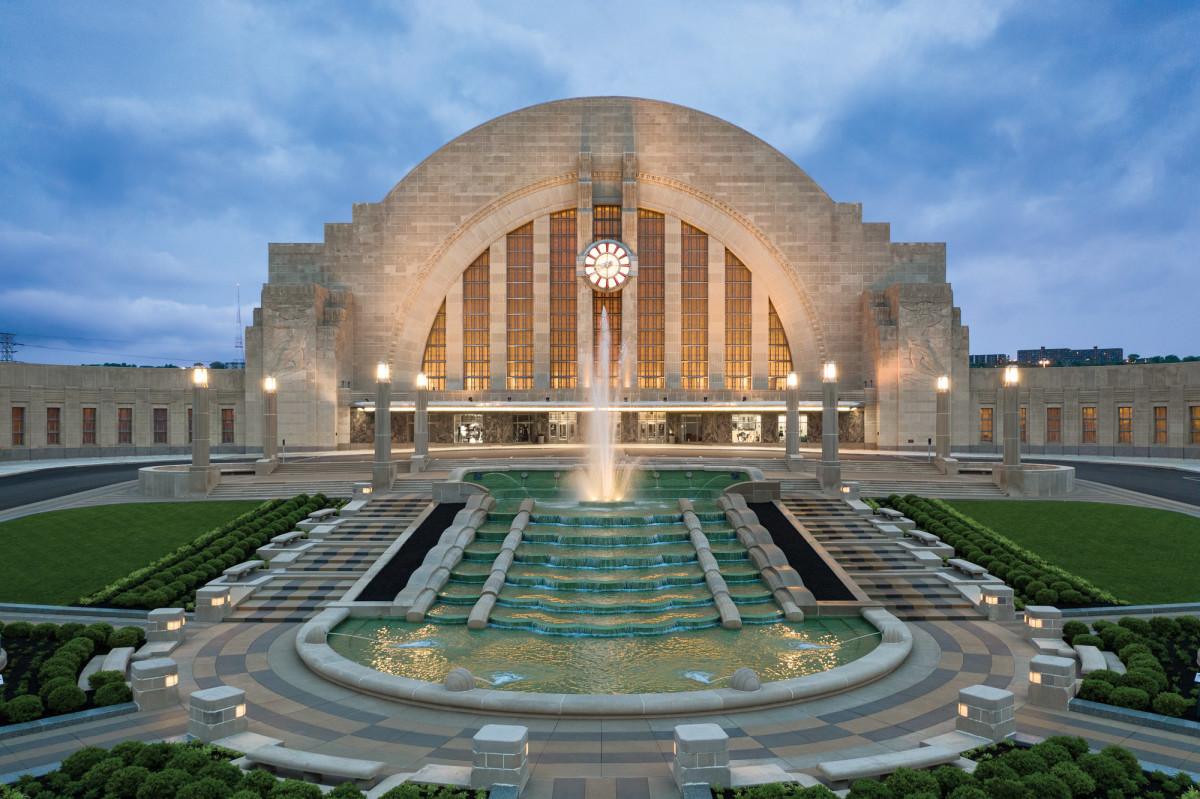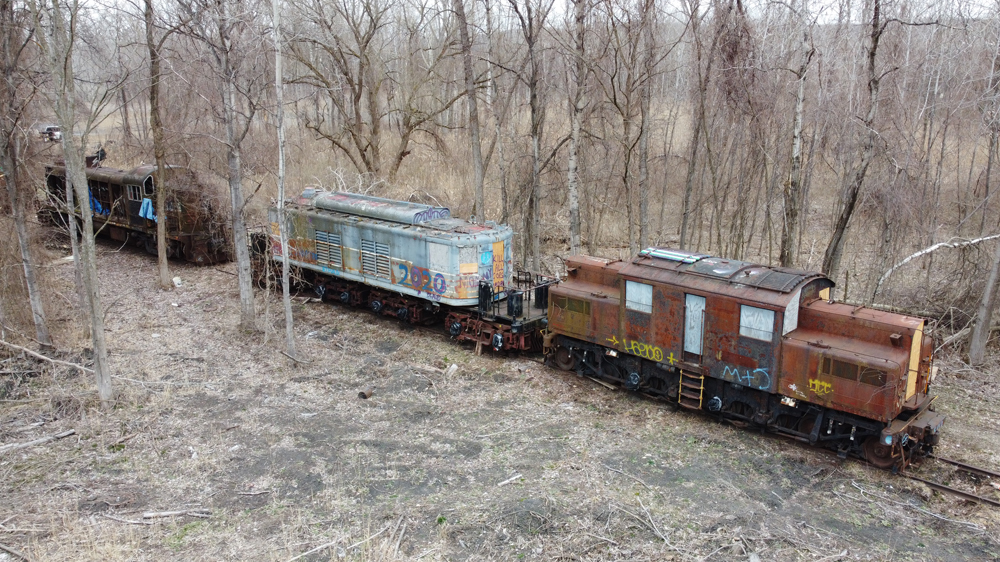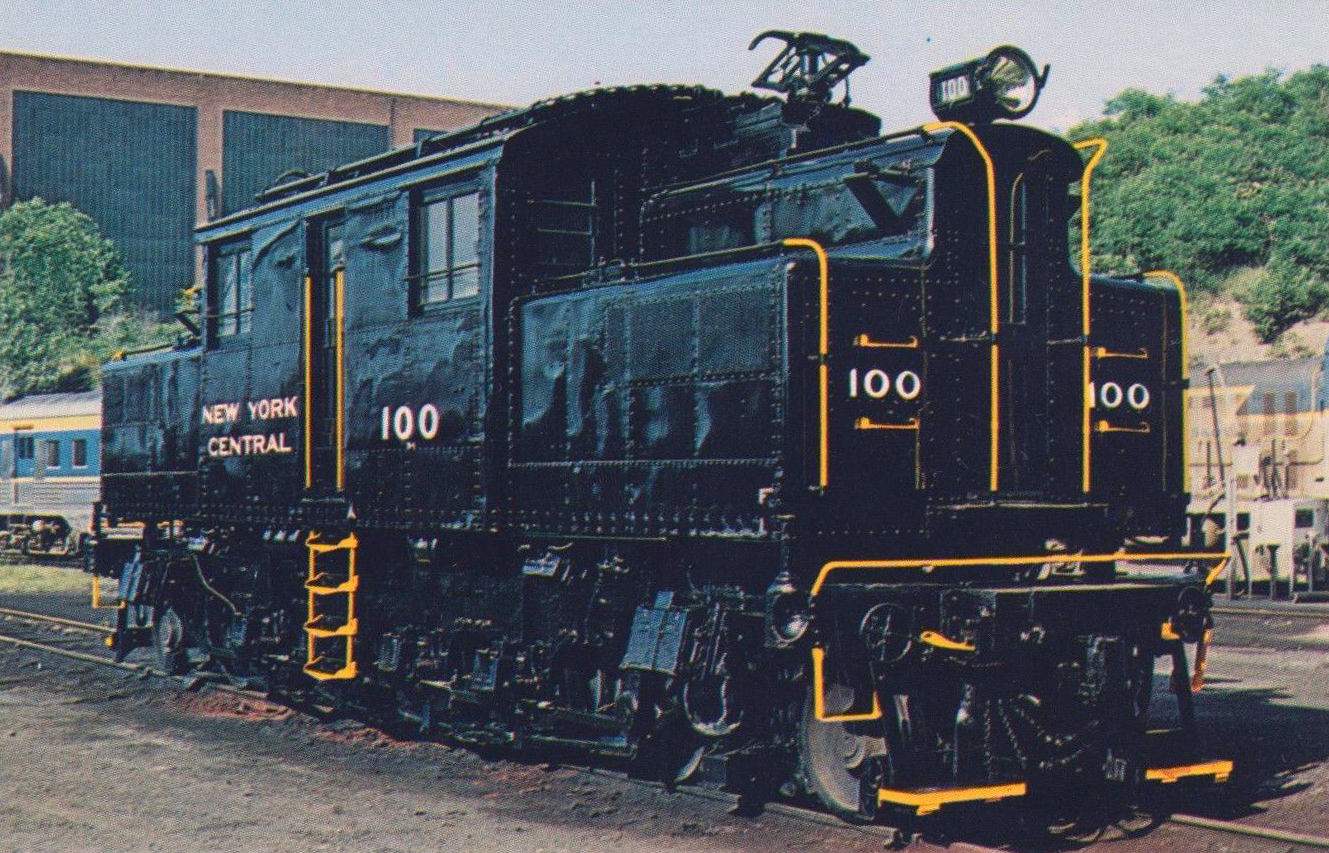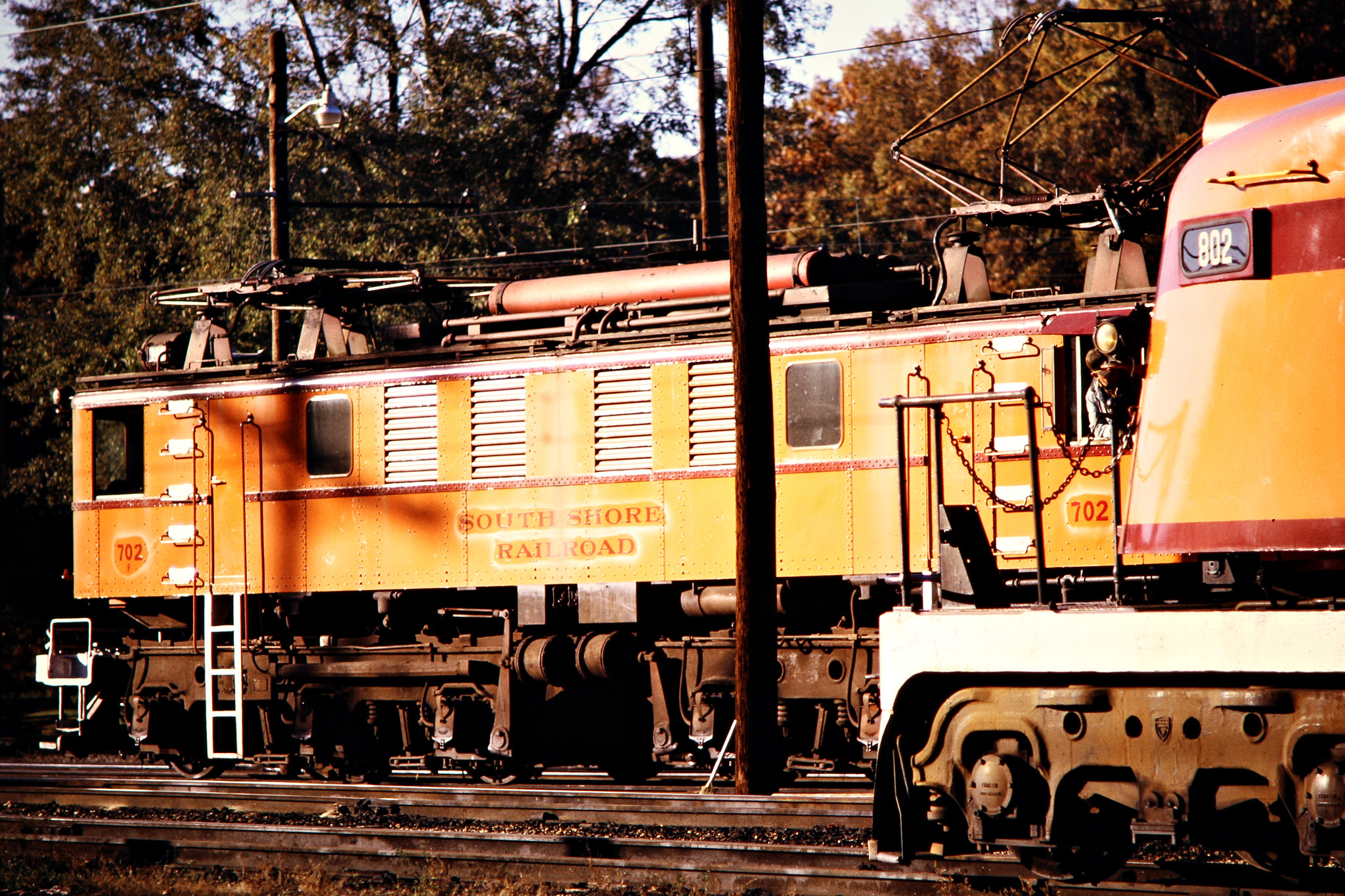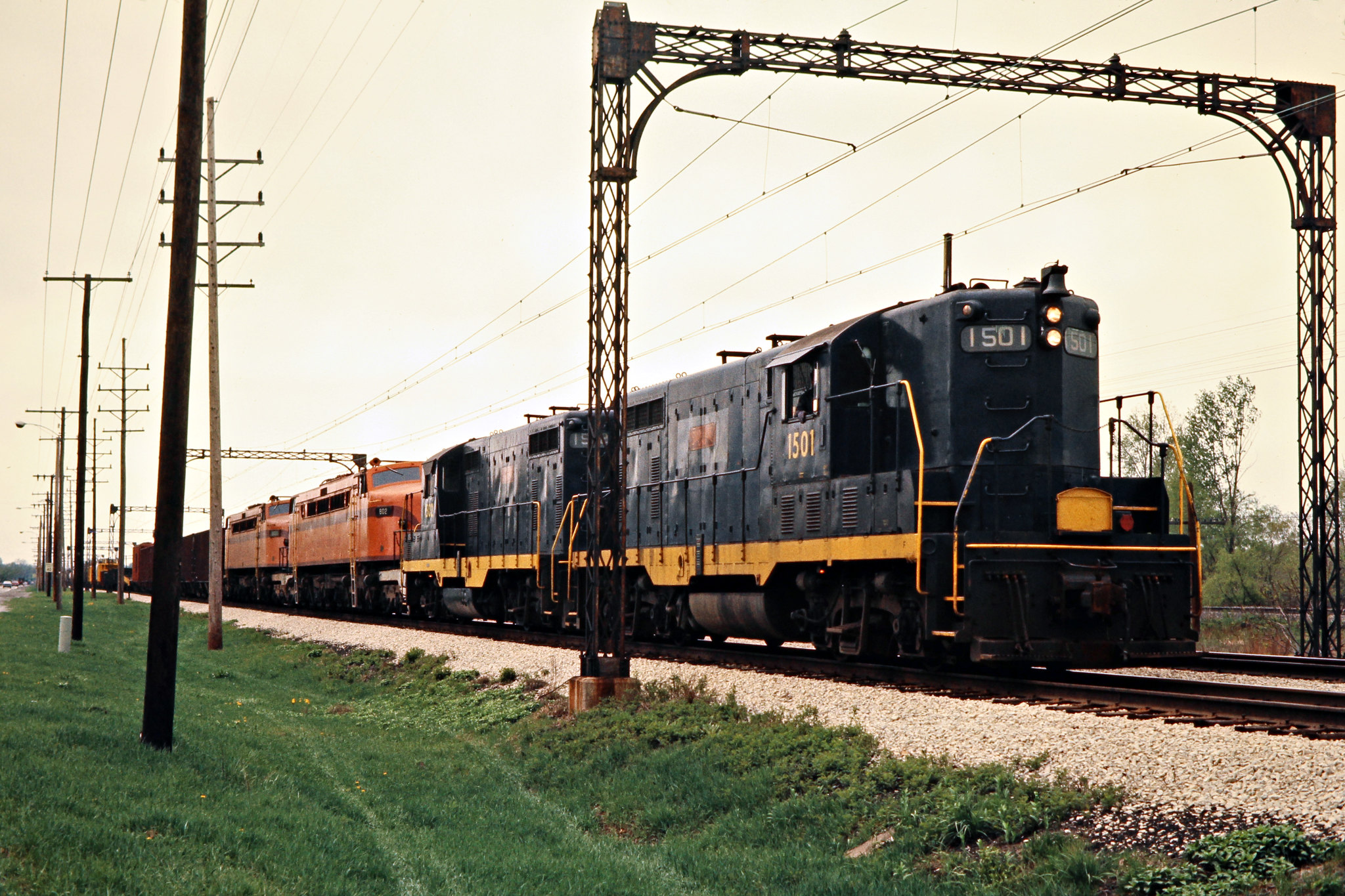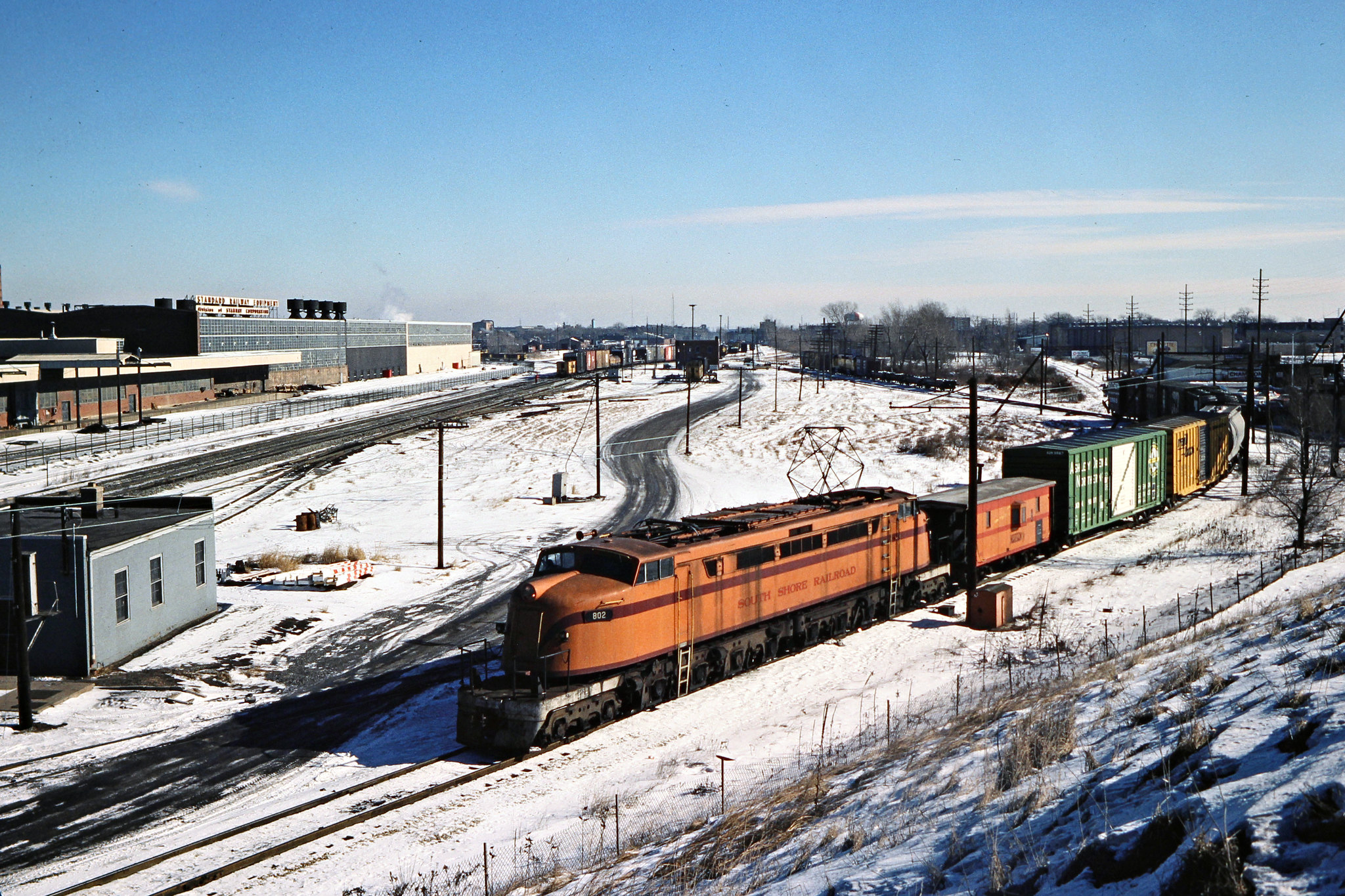I keep wanting to type Cincinatti Union Terminal instead of Cleveland Union Terminal. What's funny is that there was both a Cleveland Union Terminal and a Cincinatti Union Terminal, they both opened within 4 years of each other, they both were envisioned as a Grand Central Terminal equivalent, and both were ultimately kind of a white elephant.
Cleveland Union Terminal was the brainchild of the Van Sweringen brothers, who were real estate and railroad moguls and lived in Cleveland. They envisioned a massive complex with the northern portion of the terminal for interurban service and the southern set of tracks for intercity rail service. The portion of the station above the interurban tracks was called the Traction Concourse and the portion above the intercity train tracks was called the Steam Concourse. The Van Sweringen brothers envisioned a network of interurban lines extending from the CUT in all directions, and even went as far as acquiring right-of-ways for some of the lines.
Site preparation began in 1922, and approximately 2,200 buildings were demolished to make room. It was the second largest excavation project in the world, after the Panama Canal. Construction began in 1926, and structural work was completed by 1927, and the Terminal Tower opened to its first tenants in 1928. . From its completion until 1964, the Terminal Tower was the tallest building in North America outside of New York City. Three other office buildings, the Medical Arts Building, Builders Exchange Building, and Midland Building, were built in addition to the Terminal Tower and were completed in 1929 and the existing Hotel Cleveland, built in 1918, was connected to the complex. Cleveland Union Terminal was dedicated and officially opened in 1930. The Higbee Company also moved it's main store to CUT in 1931, and Cleveland also relocated their post office into the complex in 1934 as well.
Cleveland Union Terminal proved to be rather unpopular with the railroads that served Cleveland. In fact in 1919, before construction even began, the Pennsylvania Railroad already backed out of the project and decided to continue using their existing Cleveland facilities. To access CUT, which was in downtown Cleveland, it required deviating from the quicker route along Lake Erie. Several of east–west routes on the circuit of trains bound east from Chicago through northern Ohio also bypassed the city outright, traveling slightly to the south and passing through Akron and Youngstown, as in the case of B&O and Erie mainlines. And as the city of Cleveland would not allow trains to operate under steam power near the downtown area, trains were forced to switch from steam to electric power at a suburban yard in either Collinwood or Linndale when heading inbound and then do the reverse on the way out at another yard. The Erie Railroad, which was part of the Van Sweringen's own railroad empire, even decided to bail on CUT, because they couldn't afford the electric transfer and also continued using their own station. That left just the Baltimore & Ohio, New York Central, and the Nickel Plate operating out of Cincinatti Union Terminal. It also didn't help that the terminal was opening during the Great Depression and also missed the heyday of passenger service. WWII brought a brief revival until about 1948, but ridership tapered off extremely hard after that.
As a result, some lines began to bypass the station entirely, heading along the lake route, and some trains even stopped serving the city altogether. For example, the New York Central's Lake Shore Limited and New England States dropped Cleveland from the schedule, particularly telling in that NYC had the majority share in the terminal railroad and handled all electric operations and still didn't want to go there. The Erie did eventually come to the table in 1948, when diesel locomotives allowed them to bypass the power change at Linndale and Collinwood, and the N&W also began operating to Cleveland in 1964 after the N&W/NKP/Wabash merger, but that was a temporary blip. By the beginning of 1966, the Baltimore & Ohio had terminated all trains that served Cleveland, as had the N&W, and a year later the New York Central had discontinued all named trains that had run through Cleveland.
CUT limped on until 1970, by which point it was just served by Erie-Lackawanna, with some commuter runs and an unnamed Youngstown-Cleveland train, and a handful of Penn Central trains. The PC's Chicago-bound trains stopping at the terminal included an unnamed remnant of the Empire State Express and another unnamed train. East-bound, there was an unnamed successor to the New England States, as well as two other unnamed trains. Southwest-bound there was an Indianapolis-destined remnant of the Southwestern Limited and an Ohio State Limited remnant bound for Columbus. When Amtrak was formed, they tried running the Lake Shore out of CUT, but after just 7 months they found the rent to high and moved service over to a newly-built facility on the site of the former PRR Cleveland Union Depot. That left just Conrail running out of CUT with the Erie-Lackawanna commuter runs that they inherited, and those went away in 1977. Cleveland Union Depot has not seen intercity passenger service ever since, although there have been attempts at reviving it as recently as 2021. I'm unsure how they plan to accomplish that, since most of the platform area was demolished in the 1980s and converted to parking when it was rebranded to a mall, known as Tower City.

Cincinatti Union Terminal, commonly abbreviated to just CIN to avoid confusion with Cleveland Union Terminal's CUT, did not have any specific masterminds behind it, but was actually a joint effort between the city, who wanted to reduce 5 stations shared between 7 railroads to just one, and the railroads, who wanted to get their stations to a location safe from flooding from the Ohio River. Planning actually began as early as 1884, but WWI and the Depression of '20-'21, as well as getting seven railroads on the same page, pushed things back until July of 1927. The seven railroads involved were the New York Central (through subsidiary Cleveland, Cincinatti, Chicago & St. Louis, aka The Big Four Route), Baltimore & Ohio, Chesapeak & Ohio, Louisville & Nashville, Norfolk & Western, Pennsylvania Railroad, and the Southern Railway.
Construction began in 1928 by regrading the Mill Creek valley to a point nearly level with the surrounding city, an effort that required 5.5 million cubic yards of fill. Other work included the construction of mail and express terminals, an engine terminal, power house, a coach yard, viaducts over the Mill Creek, and the railroad approaches to Union Terminal. Construction on the terminal building itself began in August 1929, shortly before the Great Depression, and construction was finished six months ahead of schedule at a final cost of $41.5 million. The terminal was put into emergency operation on March 19, 1933 because another Ohio River flood forced the closure of four train stations in the city, but the official opening of the station was on March 31, 1933. At this event, B&O directr John J Cornwell notably stated that passenger stations were declining in use, and that the building's completion came after its need had passed. Not exactly an auspicious start.
Union Terminal opened during the Great Depression, a time of decline in train travel. Its early years therefore experienced relatively low passenger traffic and it never really operated at full capacity. By 1939, local newspapers were already describing the station as a white elephant. While it had a brief revival in the 1940s, because of World War II, it declined in use through the 1950s into the 1960s, and by the late 1950s the Union Terminal Company began searching for other uses for the building. The station had a capacity of 216 trains per day but train service decreased from 51 per day in 1953 to 24 per day in 1962. On Amtrak's formation, they cut back Cincinnati's service to just two routes a day, subsequently reduced to just one. Amtrak scheduled the terminal to close in October 1972, after 18 months of Amtrak service. The terminal would this be the first major station it abandoned in favor of a new station.
The Union Terminal Company was left with an empty building, no income, and significant debt. It sold the building and rail yard to Southern Railway, which was expanding its freight operations. The railroad turned the passenger yard into a freight yard, and planned on removing the terminal's train concourse to allow additional height for its piggyback operations. The Southern Railway announced the demolition plans and allowed interested parties time to remove the concourse's murals. Cincinnati ultimately refused to grant Southern permits to demolish the whole building, instead designating it a local landmark. Southern ripped down the main concourse in 1974, and then sold the remainder of the terminal to the city. Attempts to turn it into a mall foundered in the '80s, and a museum moved in 1986 and began renovating what was left. In 1991, as a result of renovations, Amtrak returned to CIN with the 3-times-a-week Cardinal. The station was also renovated again in 2018.
